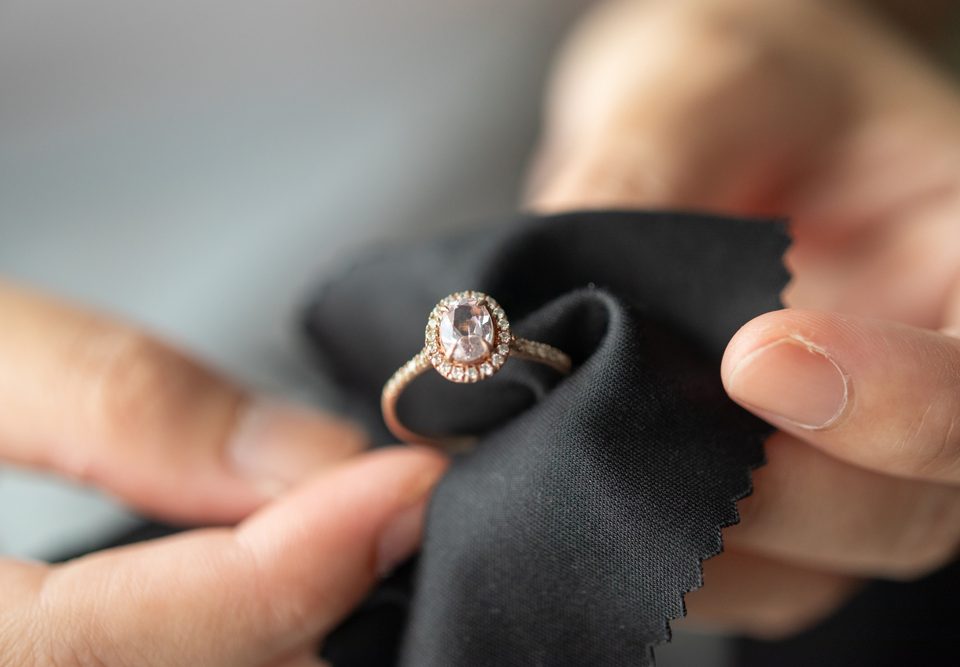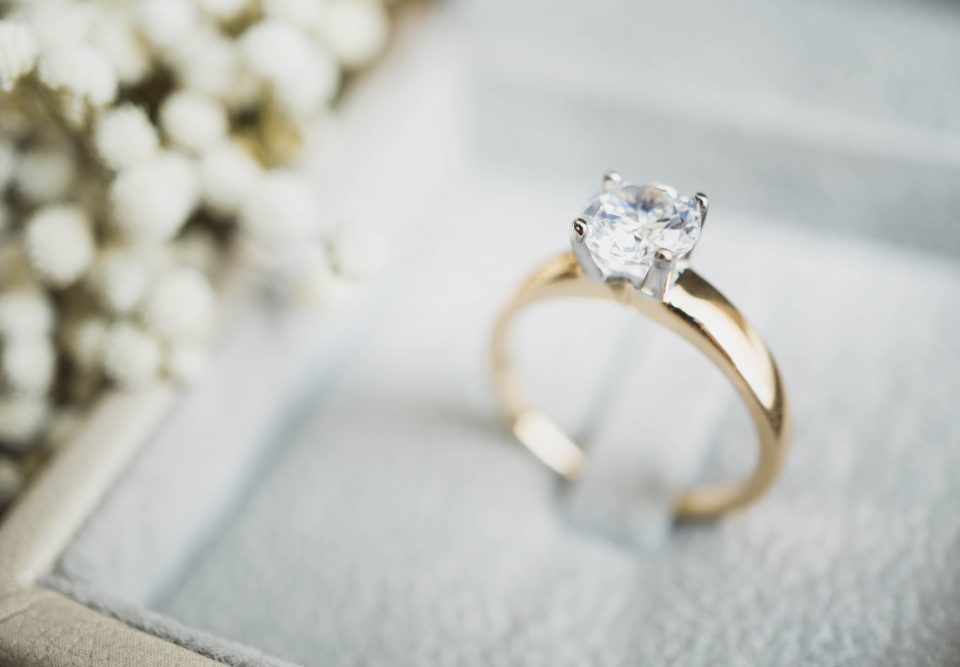- Quick contact:
- 801.359.2035
Primer on Bowtie Effect in Certain Non-Round Diamonds

When selecting a diamond stone for a ring of any kind, particularly a non-round stone, there are several facets or possible effects to keep in mind. One example here is known as the bowtie effect, a common characteristic for many non-round diamonds within the jewelry world.
At AAA Jewelers, we’re proud to offer a variety of diamond rings, both in the form of engagement rings and other jewelry needs. Let’s take a look at what it means when you hear someone talking about the bowtie effect in a diamond, whether this effect is considered a good or bad thing, and the kinds of diamonds the bowtie effect is commonly found on.
Bowtie Effect Basics
As we noted above, the bowtie effect is one that’s most common on non-round stones. On such stones, the bowtie effect refers to a light, dark gray or even black shadow that can stretch across the middle of a given diamond, often appearing like a bowtie.
This effect is actually created by the reflection of your head and shoulders blocking light from entering the diamond. This means that the closer your eyes are to the diamond, the more pronounced the bowtie effect will be.
Common Shapes Impacted
There are a variety of diamond shapes that may contain a bowtie effect depending on their cut. It’s most common in elongated diamond shapes like pear, marquise, oval, radiant and heart cuts – these shapes will actually always have a bowtie effect to some level, though it is often minimal and cannot be seen.
Is it Good or Bad?
This is an interesting question when it comes to jewelry experts and those in the field. On the one hand, the bowtie effect and shadow is not generally ideal for a diamond, and may detract from its beauty in some scenarios.
On the other, stones with no bowtie can actually look dull and lack the faceting style many desire in their diamond. As we noted above, many bowtie effect cases barely show any visible signs – the effect might allow for fantastic scintillation and facet patterns without creating a negative shadow.
Viewing the Diamond
For the reasons we just listed above, it’s vital for anyone considering one of the diamond shapes we went over to view the diamond in detail, whether in-person or via quality video. A diamond’s bowtie effect, if it has one, is not pictured or stated in its grading report, and the only way to truly determine if it’s a look you prefer is by viewing it yourself in as detailed a manner as possible.
For more on the bowtie effect in diamonds, or to learn about any of our engagement rings or fashion jewelry items, speak to the staff at AAA Jewelers today.



